「Martuary」Installation view(Arles International Photo Festival 2016, France)
「Martuary」Installation view(Arles International Photo Festival 2016, France)
Daisuke Yokota has developed his own inimitable style by concentrating on the very processes and materials that constitute photography. While his production methods may seem unorthodox and novel, to Yokota they are “just ideas that come to me from my daily work”.
Yokota gained notice as an up-and-coming photographer after winning the 45th Kimura Ihei Photography Award in 2019. In our conversation, we spoke to him about his journey so far as a photographer, touching on the event that changed his approach to photography, how his work has been influenced by making photo zines and music production, and how he fumbled into a career outside of Japan.
The sheer number of entries was overwhelming. For many years, I was on the side of the contestants. So I was quite nervous to be allowed on a jury with such distinguished individuals whose works have influenced me and whose books I've read.
“Standard” might have been a bit too blunt an expression. I had anticipated there would be more works with manipulated images. Instead, I found many entries, whether snapshots, documentaries, or conceptual pieces, used their photographic images as is without any further refinements or modifications.
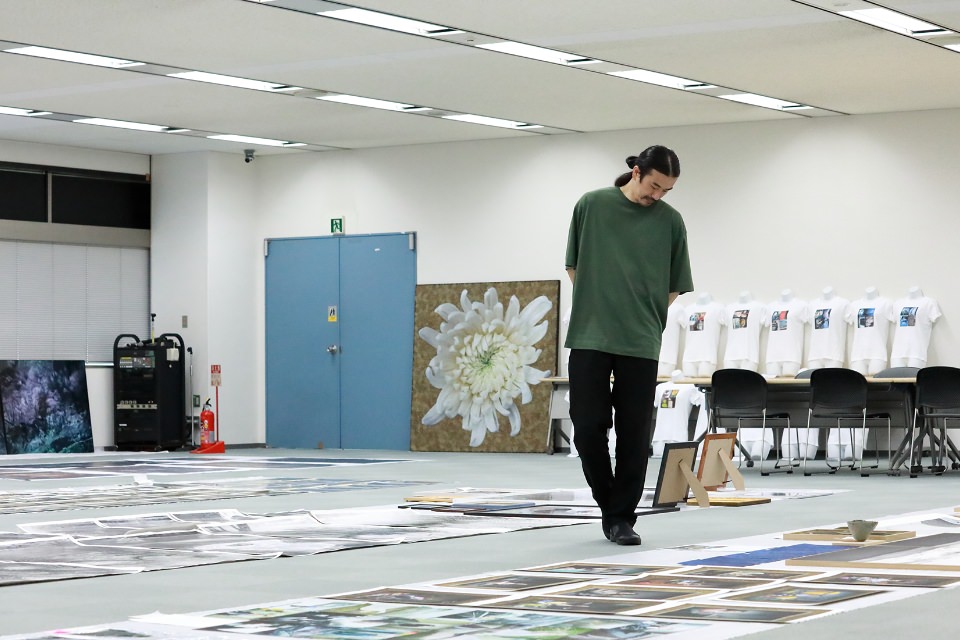
I was a normal kid growing up. I liked playing outside, catching bugs and fishing, though I was certainly influenced by my dad. He often took me along to collect things like stones, fossils, and crystals.
There are quite a few actually. Unfortunately, access to many of them is restricted now and you can't get in.
I joined the chemistry club when I was in elementary school. I loved mixing all kinds of chemicals together and experimenting with reagents just to see how substances would react and change. It was like playing in the mud. When I think back on childhood now, I realize I'm doing much the same thing with photography today.
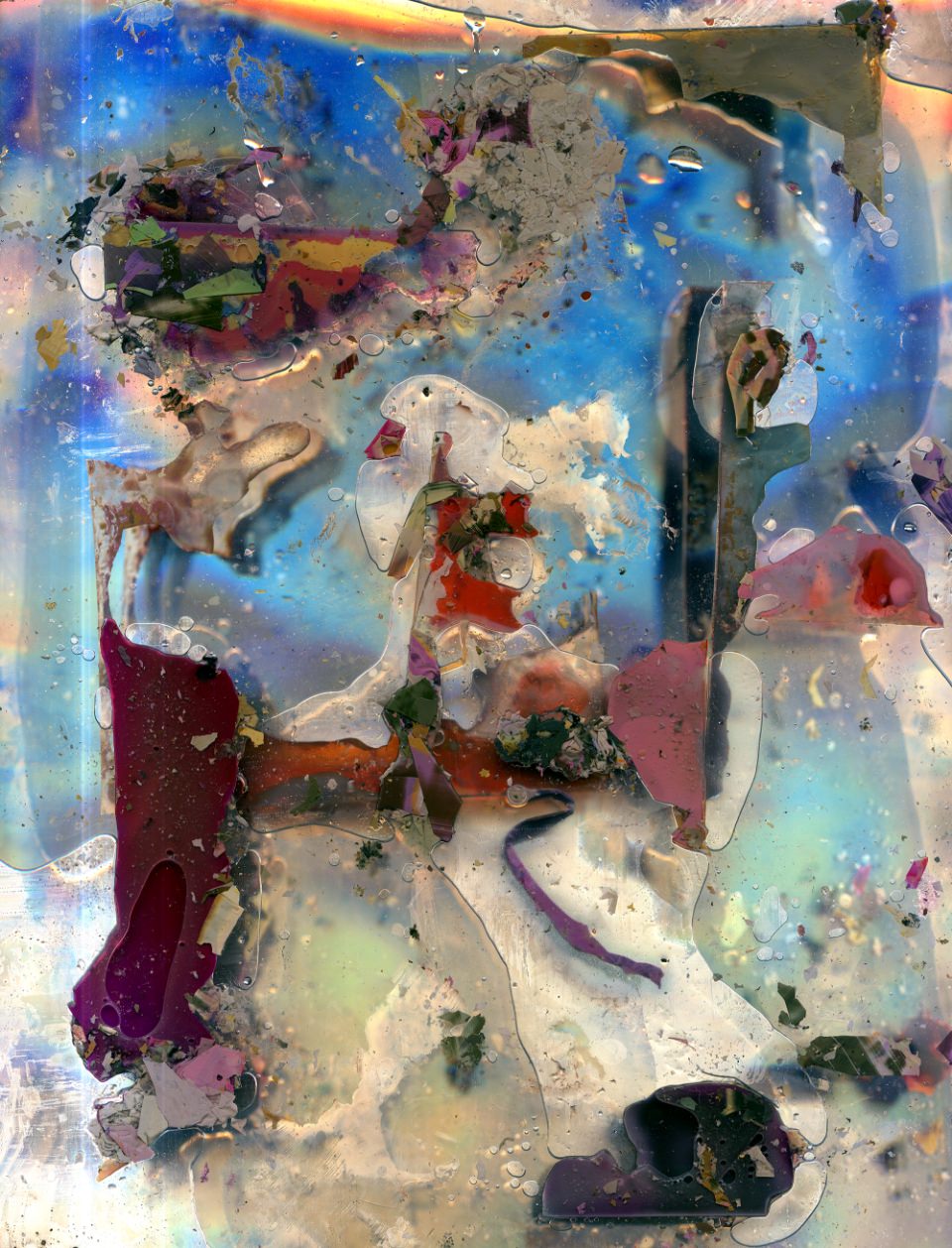
「photographs」©Daisuke Yokota
Disposable cameras were popular when I was young, and I loved taking pictures with them. But my dad's SLR camera was special, and I wasn't allowed to use it without permission. So, for me, taking pictures with a proper camera was a very special grown-up thing to do.
I was really into skateboarding in junior high and high school. But when it came time to figure out what to path to take after high school, I remembered my fondness for photography. That was basically all the thought I put into my decision to go to a college for photography. Once there, I found that studying darkroom techniques and other things hands-on evoked a similar interest and passion like I'd had back in chemistry club and I was quickly hooked. Instead of looking for a job after graduation, I built a darkroom in my parents' house and started printing my own photos.
That was 2008, so I was around 25. I was submitting entries to four or five photo competitions a year back then but had nothing to show for it. Time was simply slipping by. Five full years after graduating from college, I made up my mind to give everything I had that year and if I didn't win anything, I would reconsider whether to continue with photography. I figured if this was going to be my last shot, I would at least do what I liked and be myself. That's why I decided to submit works to the New Cosmos of Photography that I hadn't shown to anyone before.

「photographs」©Daisuke Yokota
Because I had been mutating the photographic images. The status quo at the time wasn't ready to embrace works where the photographic images themselves were altered. I was under this impression too: that photographs had to be straight. That's why I had been entering snapshots taken with a 35mm camera — so-called straight photographs — to photo contests. But at the same time, I was making photos that I manipulated with photo-editing software. They were like a guilty pleasure, and I had no intention of showing them to anyone. I was also a bit shy, because the deliberate mutations I made to my images would reveal my inclinations to everyone.
After I switched from a film camera to a digital camera, I shot and stockpiled a huge number of photos over a couple of years. When I looked back at them later, I was incredibly disappointed. The photos included way more extraneous things than I had intended. I was certain I had been capturing what I wanted. On seeing the results, I began to question whether I had an eye for composition. But after some more reflection, I got very interested in what elements in the photos I was responding to when I took them. That led me to try erasing anything I thought was superfluous.
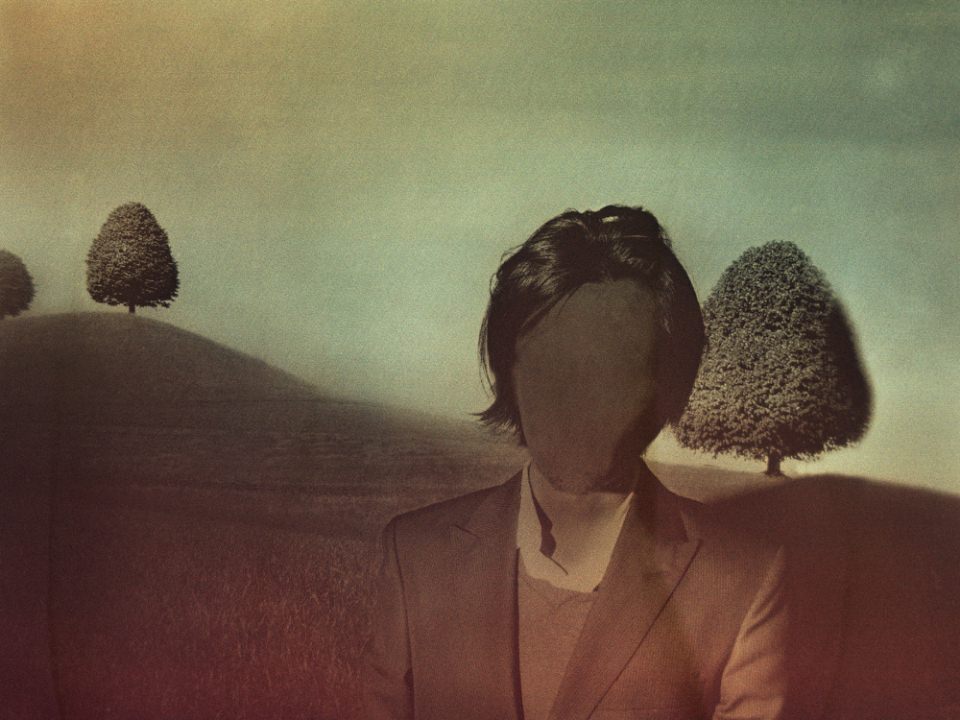
「They」©Daisuke Yokota
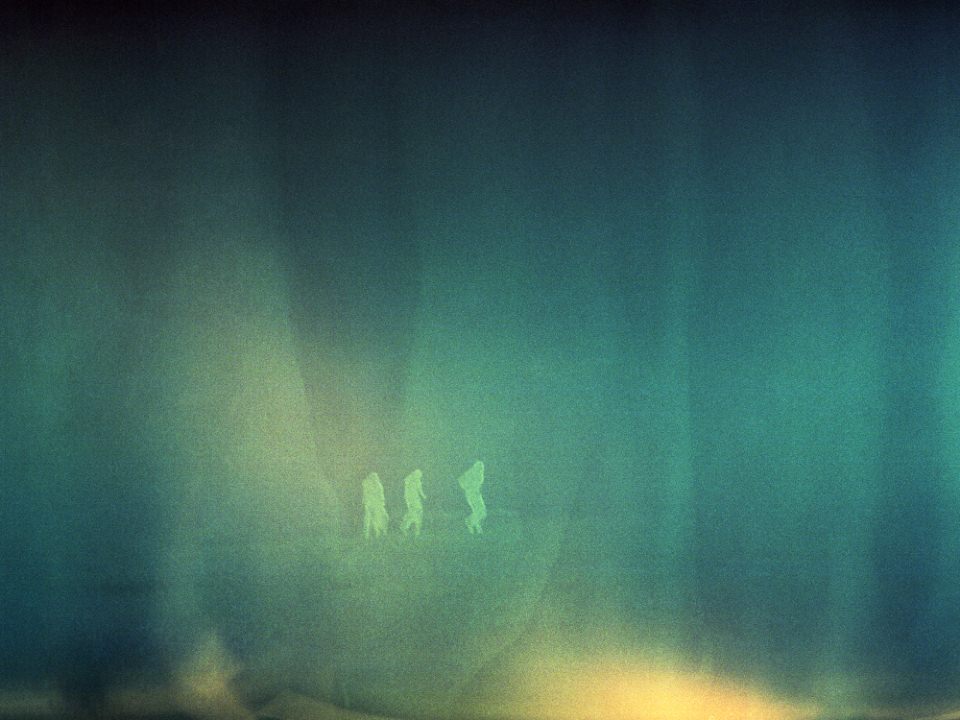
「They」©Daisuke Yokota
That's right. I used photo-editing software to erase any unnecessary elements, like people's expressions or signs in the background. It wasn't my intention to doctor the photos so you couldn't tell things had been erased. Instead, I edited the photos quite roughly, which resulted in disconcerting images that almost seemed like graphic art. From there, I experimented with a lot of techniques to make the images look more photo-like again. I eventually hit on the very simplistic idea of retaking the images with a film camera. Developing the film aggressively makes the images grainy, which effectively neutralizes the slick digital texture.
I was incredulous when I won, because I had absolutely no idea I would be recognized at all. I had never experienced any acknowledgement for my work previously, so it felt as if I had been rescued. The award changed how I approached making photographic works.
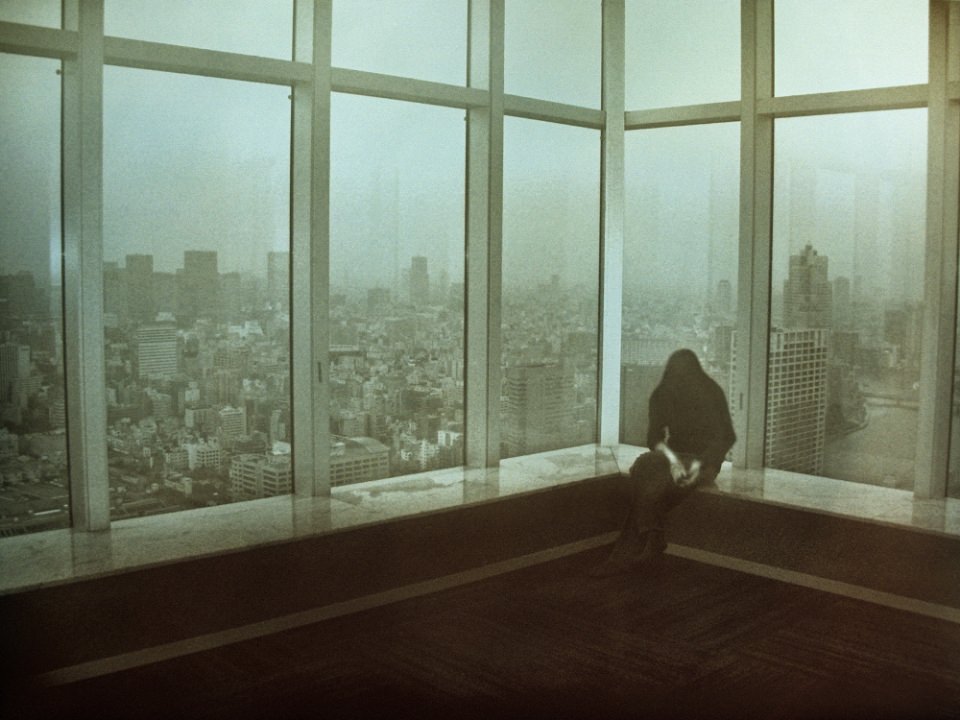
「They」©Daisuke Yokota
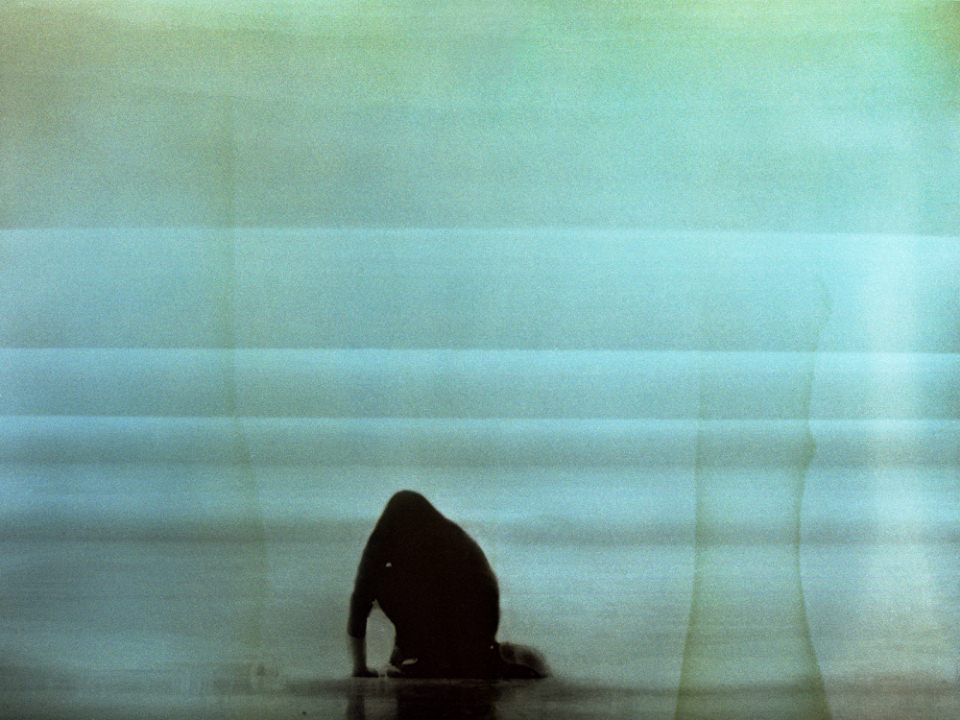
「They」©Daisuke Yokota
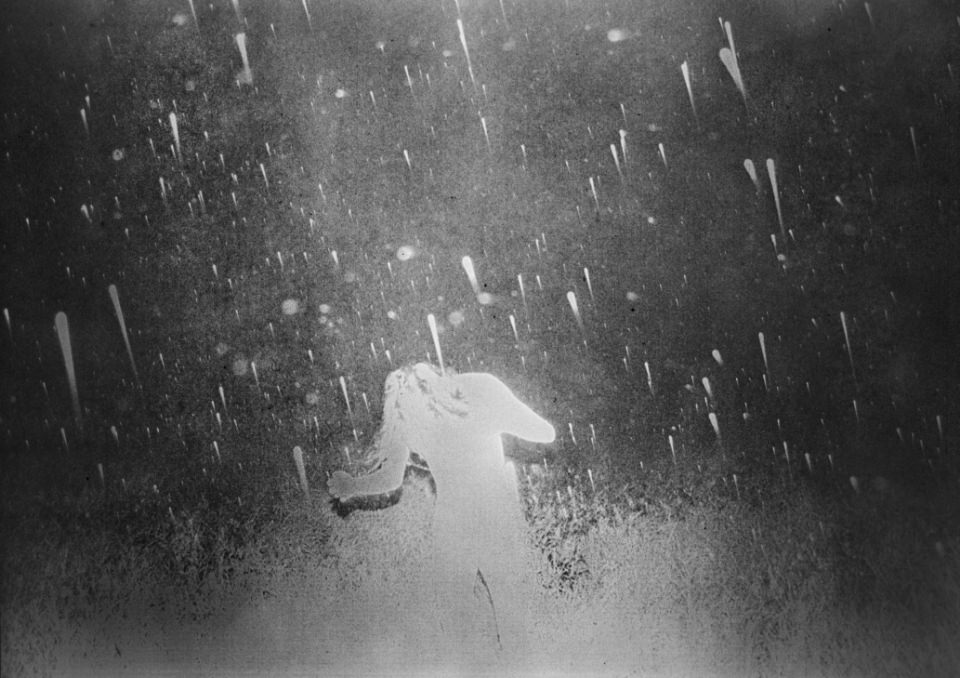
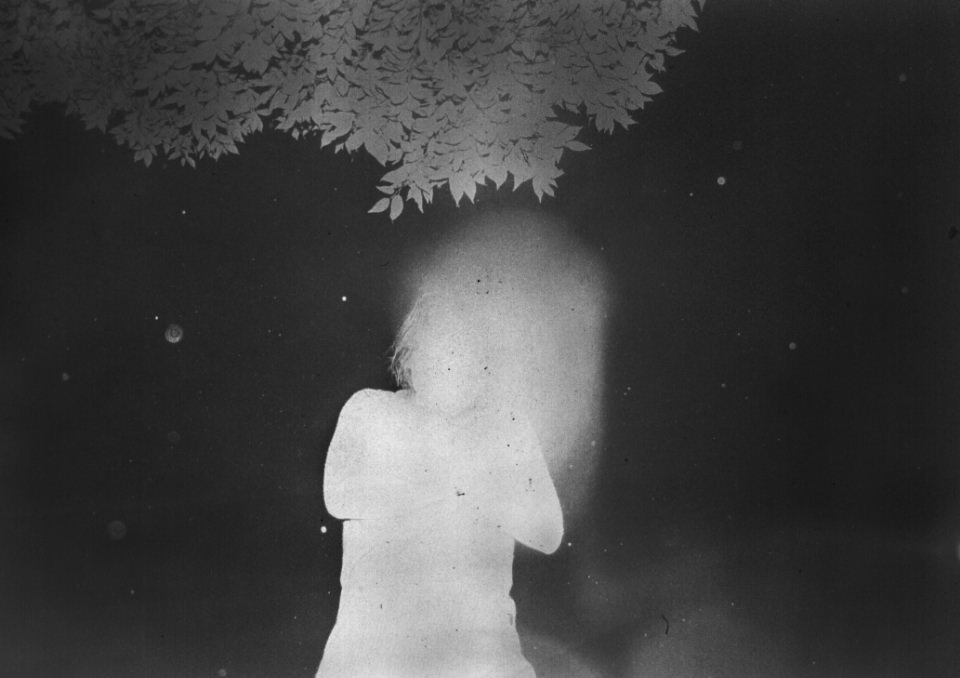
「bckyard」©Daisuke Yokota
It's my nature to push things to the extremes. For instance, I got curious about what would happen if I developed film in very hot water. I tried it and found that the film's texture would change drastically when the water was over a certain temperature. The texture changed so much that light would no longer pass through the film. This phenomenon intrigued me. I couldn't make prints in the darkroom with the film in this state, so essentially my technique was to take an image of the film with a scanner and then align the scan with the original photo image. I compiled works made primarily with this technique in two photo collections, Back Yard and Site, which I released as zines in 2011.
I continued making works with the same technique for a while longer. Then one time, I looked back at a piece of film that I had accidentally melted. I realized that this film that I thought was a failure actually had its own charm. So I decided to put some of these flawed films together as a work. They became the MATTER series.
I became interested in the actual substance of film, so I began to focus more on its materiality. Around 2012, I adopted a technique that skipped the photo-taking stage and directly developed unexposed film. I started creating color works at the same time. I made lots of discoveries while trying out different techniques. I was certain this is what I wanted to do and, above all, it was great fun.
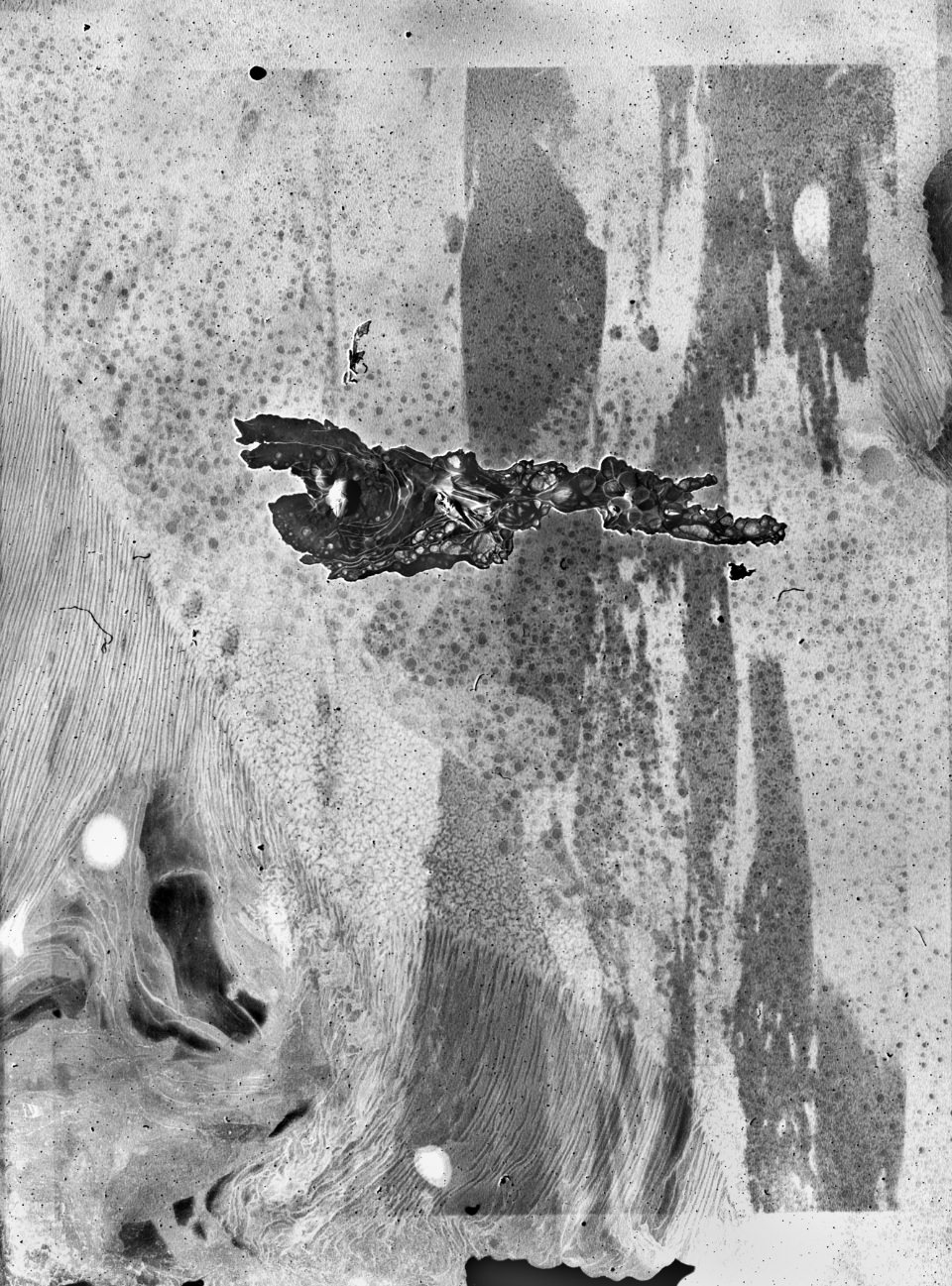
「Matter」©Daisuke Yokota
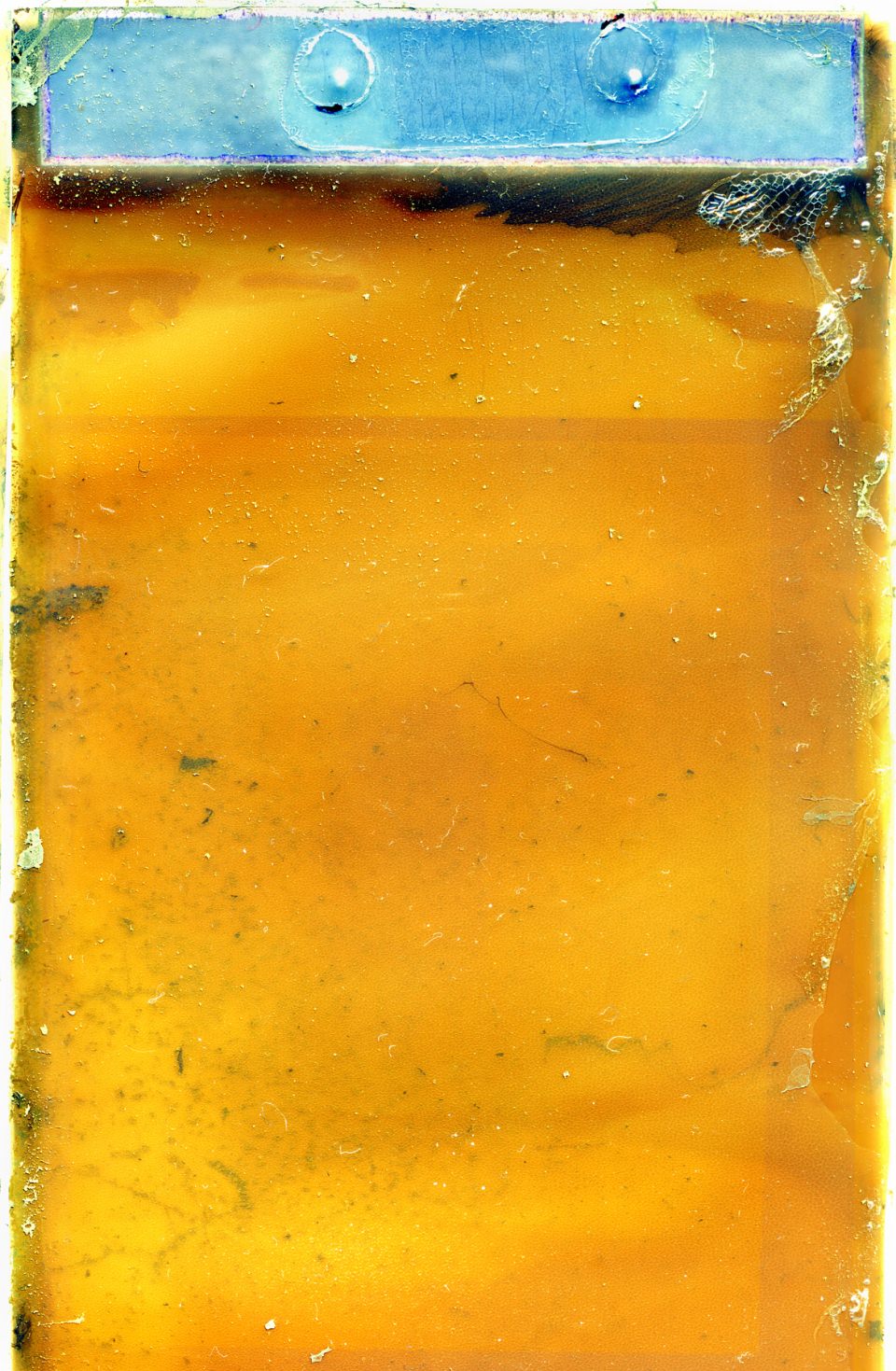
「Matter」©Daisuke Yokota
It all started with me making little leaflets that I gave to my skateboarding buddies. Most of my friends in junior high and high school who were into skateboarding had diverse tastes. So we tried recording stuff ourselves and making something like a radio show. I decided to make a zine that we could hand out. I would piece together my photos and stories written by others and print them on convenience store copy machines. I didn't feel self-conscious about handing them out because it was among friends, and sharing stuff like that is a lot of fun, you know. Once I had built up a stockpile of photos, I started making my own zines and handing them out to people I knew.
After I had been making my own zines for a while, around 2009 or 2010, a publisher called Parapera (now Newfave) asked me if I wanted to make a zine and participate in Zine's Mate, which was the precursor to the Tokyo Art Book Fair. That was the first time I created a zine consciously thinking about the format as something to sell.

「color photographs」©Daisuke Yokota
He was a huge influence, for sure. That includes the good vibes when creating those zines and the stories from those days.
The book-making process is a very critical process for me today. When printing, I can't stop myself from getting extremely uptight about not leaving any fingerprints or letting even the smallest fleck of dust fall on the page. It tires me out actually. But when I was printing on copy machines, I didn't have to worry about handling the paper. Besides, part of what made the zines interesting was the unevenness of the copies from sheet to sheet and how scratches on the platen affected the final image. I would go around to different convenience stores and try out different copy machines. I think I had a subconscious desire to involve myself in the process of creating photos by touching them with my hands.
I was really into music in my early and mid-20s. That was a time when I was struggling to create the photos I wanted to make, and I was listening to an inordinate amount of music. I was always checking out eccentric CD rental shops in places like Koenji and Jimbocho. Home recording was a trend back then, and I wanted to try it. But since I didn't have the money to buy any instruments, I sampled the hums and noises that you get by touching instrument cables and made music from that … I was really just playing around, but I learned a lot by actually doing things myself. Making music consists of several assembly stages. First you prepare each individual sound element, then you consider how to connect them, and then you try to bring everything together into a single coherent piece. This gave me lots of ideas and led me to messing around with digital camera images in Photoshop.
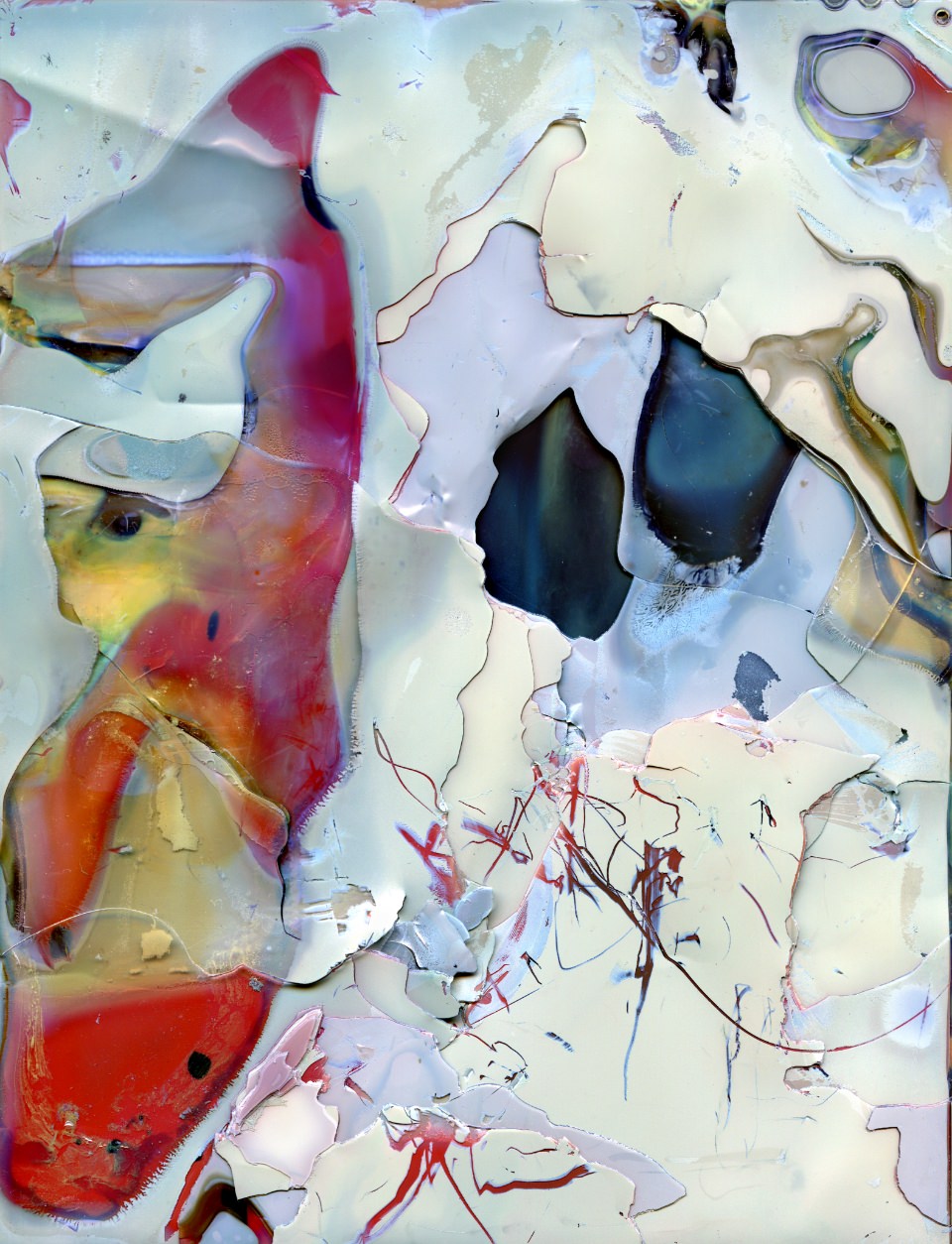
「color photographs」©Daisuke Yokota
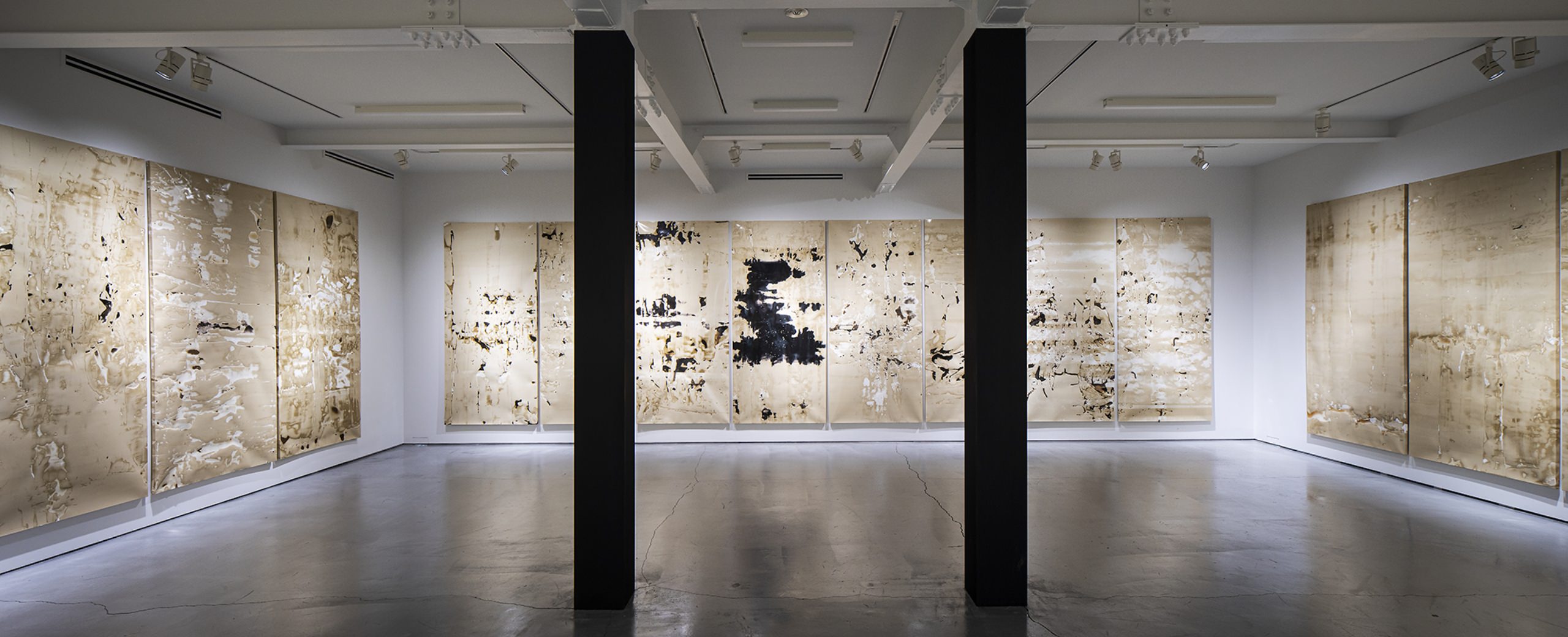
The way you describe it, people might think my career was going smoothly. But that's far from the truth. I simply had a lot of time on my hands. I was selected for an Honorable Mention Award at the New Cosmos of Photography in 2008 and later I received the top prize at another competition. But neither of these awards immediately changed my circumstances and my photo activities didn't expand the way I expected. I sensed there were no more openings for me in Japan, so I began researching information overseas. Whenever I found someplace interesting — not just bookstores or galleries but also overseas bloggers who were influential at the time — I would sent off images of my photos.
My English was even worse then than it is now. I would write a message of two or three really basic sentences and send out my images. Something really simple like: “Please look at my photos. Daisuke Yokota.” [laughs]
After sending my images all over the place, eventually Tim Baber who runs an online gallery called Tiny Vices published some photos I had sent him a couple months earlier. I distinctly remember how ecstatic I was that he had taken my work seriously.
An artist overseas who had seen my zine Back Yard contacted me. He said they were putting together an artist collective called AM Projects and he asked me to join. I didn't understand the language at all, but I definitely wanted to participate. To start, a gallery in Dubai called East Wing had booked a corner space to exhibit at Unseen, and AM Projects planned to exhibit there. My initial intention was just to send my works to them, but they were stopped by customs and never arrived. So I had to rush around and take the works to the exhibition myself.
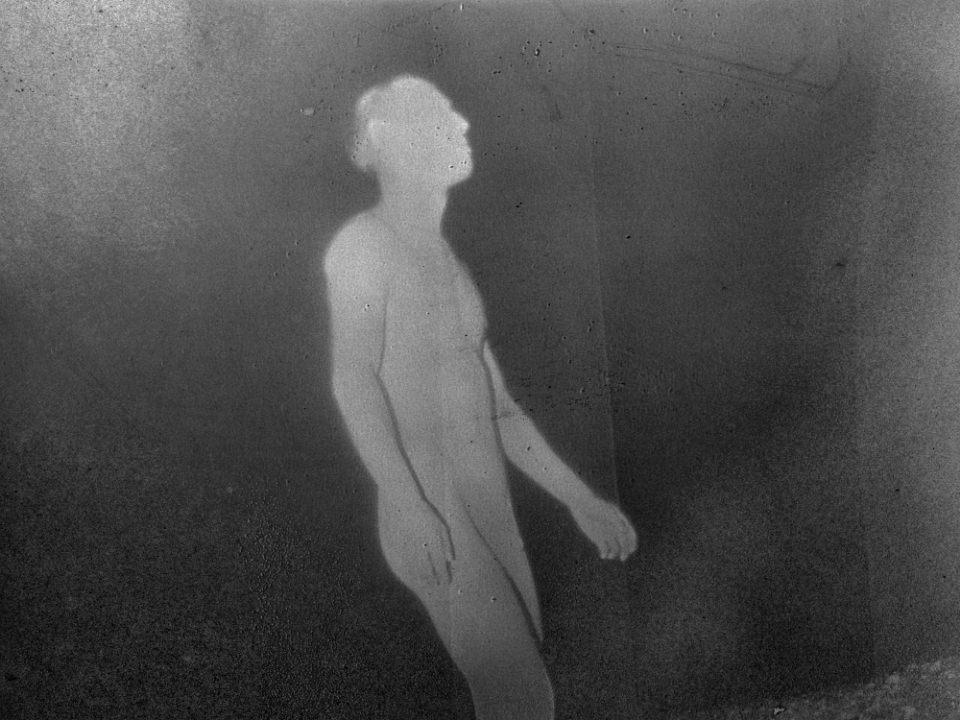
「site/cloud」©Daisuke Yokota
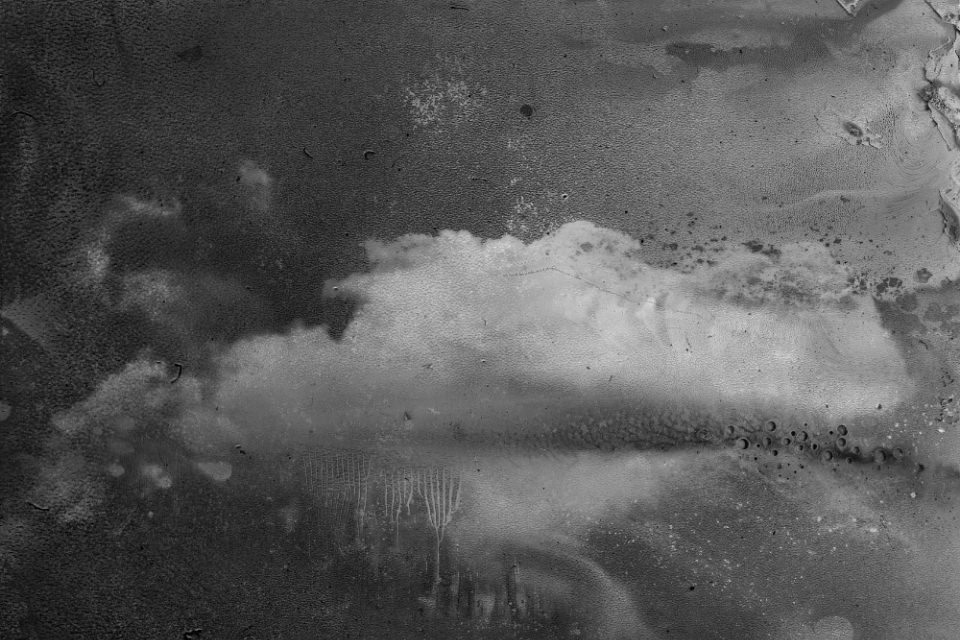
「site/cloud」©Daisuke Yokota
It was my first time ever to travel outside of Japan, and I was so nervous my hands were shaking. [laughs] I went to a meeting with everyone in the collective, but I couldn't make out anything in English. So I just sat there totally silent for four or five hours, unable to understand or say anything.
It was a first for me to not only travel abroad but also exhibit in a place that big. I was excited and scared at the same time. I felt like I was in a trance the whole time.
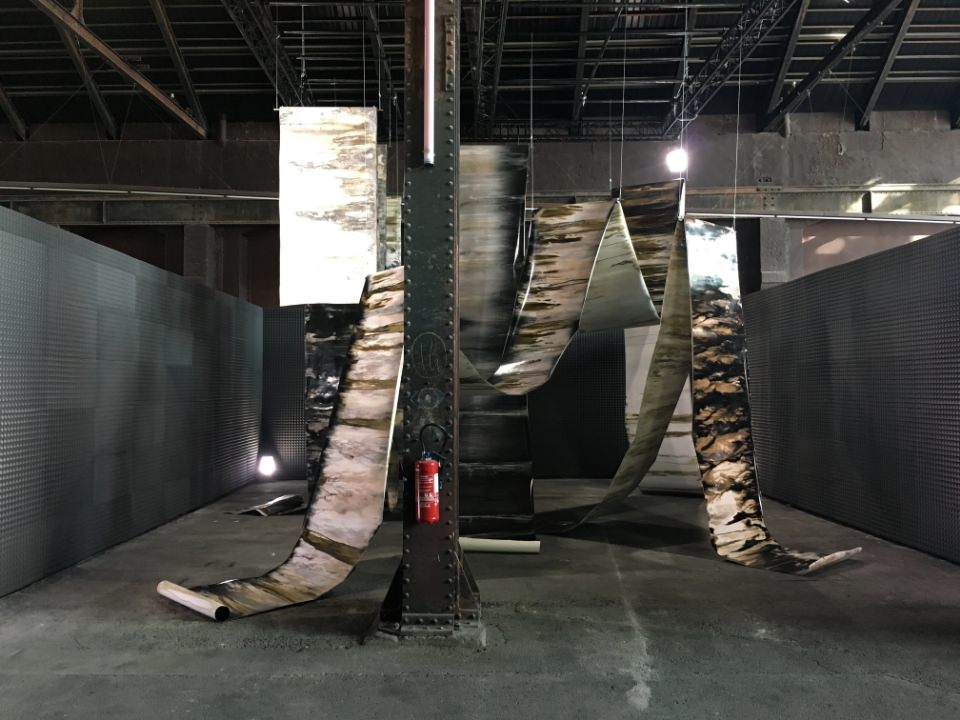
「Martuary」Installation view(Arles International Photo Festival 2016, France)
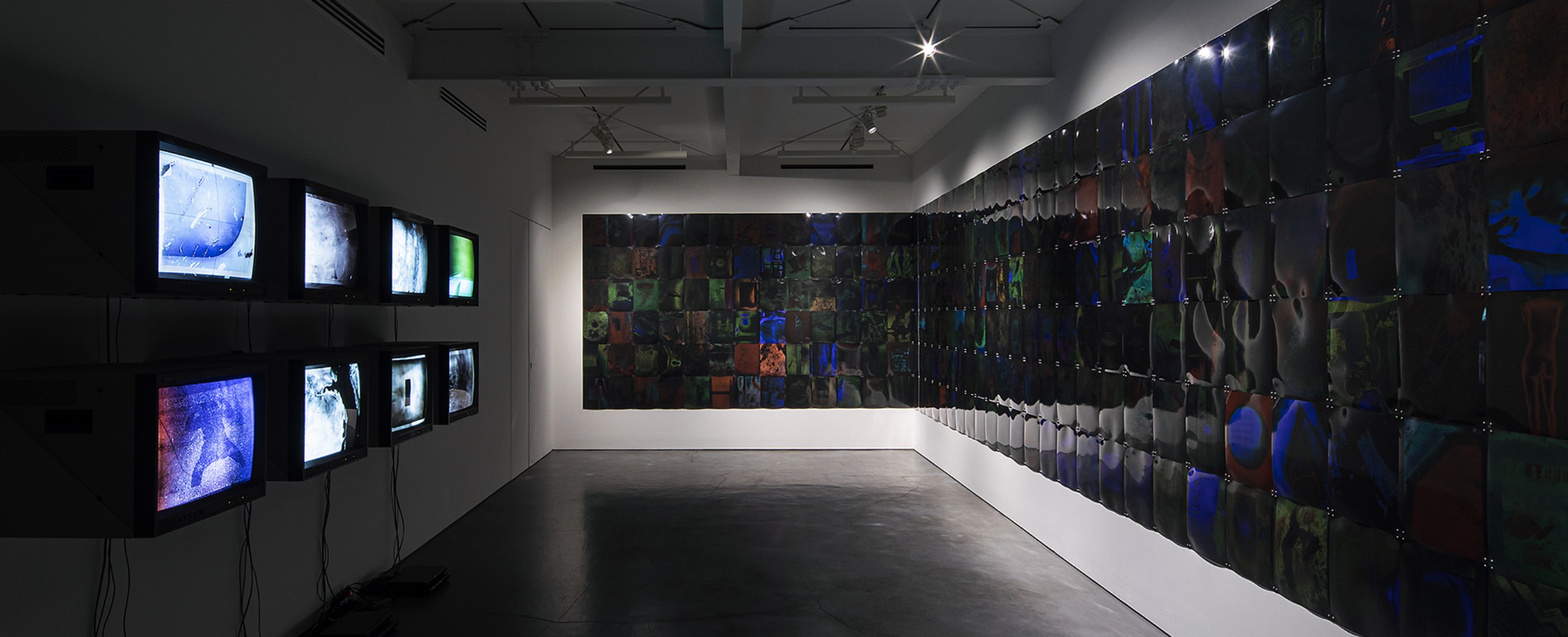
I don't consider them to be anything special, as they are just ideas that come to me from my daily work. For the Aichi Triennale, I printed out photos I hadn't exhibited before on a huge roll of paper. But as the printer kept printing and pushing out the paper, the roll began to ripple and bunch up. I thought the paper in that condition looked very cool. Another thing I really like are the coated textures you get if you apply gelatin on photosensitive paper. So I wondered if I could bring out the true materiality of photographs in this way and exhibit it. That's why I lacquered the huge printed roll with wax. When I did it, the paper became soggy and damaged where the wax was applied, but that just made it better in my eyes. So the next time, I scrubbed the waxed roll with a mop to intentionally distress it.
You have to have materials and a process to materialize a photo. I find all of it, the production process included, is what makes photography interesting. I'm very aware that I'm just a solitary person involved in the process of materializing photos. That's why I have a security camera in my workroom to record the photo-making process.

「Matter/ 」(G/P gallery SHINONOME 2016 Installation view)
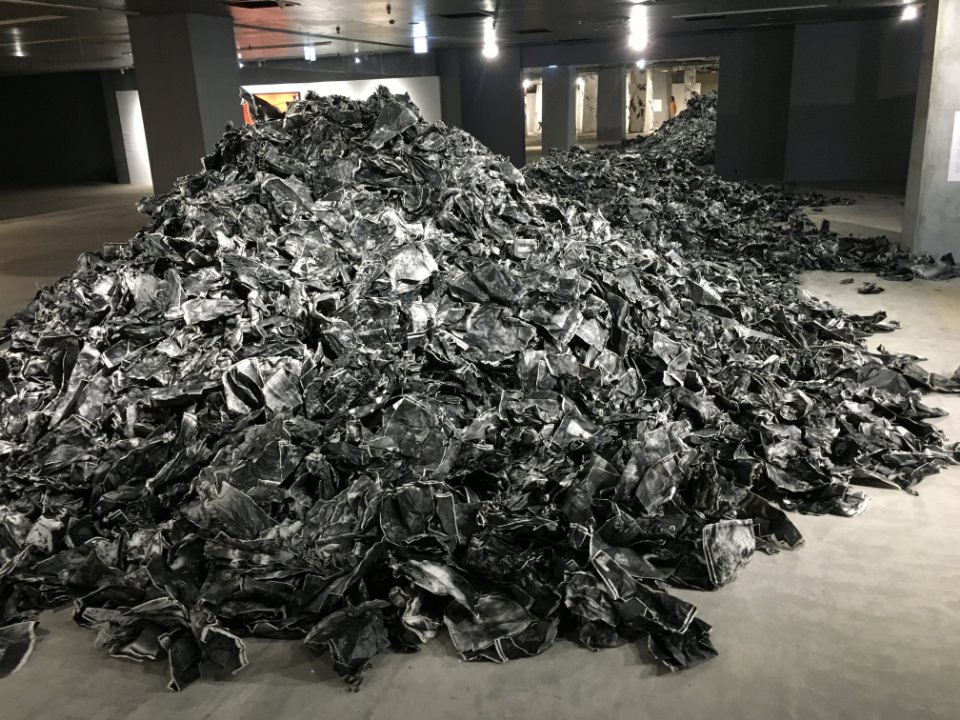
「Matter/Vomit」Aichi Triennale 2016 Column Project
Future type of trans dimensional image @ Okazaki Sibiko Installation View
I don't bother when it's too much trouble. [laughs]
Yes, I do. At any rate, the photographs themselves are interesting.
Photography is amazing. That's the long and the short of it. Lately, I've noticed I've been boxing myself in sometimes, which can feel suffocating. But new ideas don't just show up on demand. So the only thing to do is to keep going and find them when they do appear.

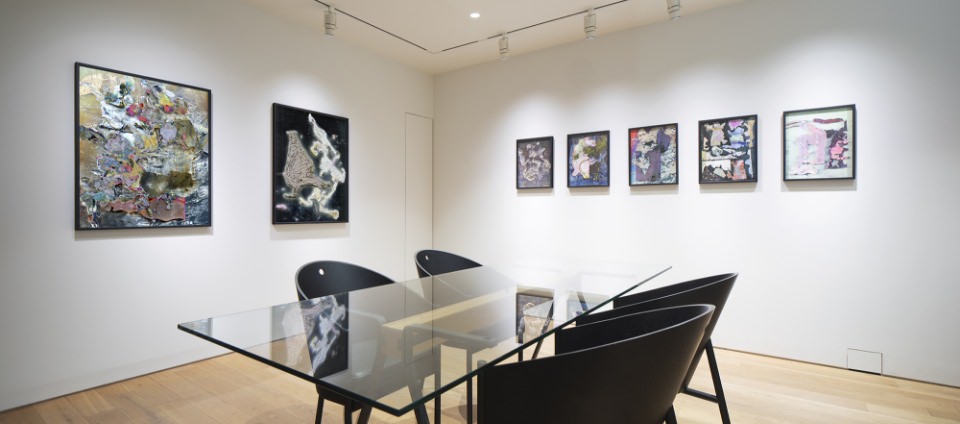
Born in 1983 in Saitama Prefecture, Daisuke Yokota is a graduate of the Nippon Photography Institute. He won an Honorable Mention Award (selected by Katsumi Omori) at the 31st Canon New Cosmos of Photography in 2008 and took the Grand Prize at the 2nd 1_WALL Photography Competition in 2010. He also received the Foam Paul Huf Award in 2016 and the 45th Kimura Ihei Photography Award in 2019.
Daisuke Yokota has published numerous photo collections in various countries, including Tarachine (Session Press, 2015), VERTIGO (Newfave, 2014), and MATTER/BURN OUT (artbeat publishers, 2016).
His major solo and group exhibitions include Site / Cloud (2014) and MATTER (2017) at the Foam photography museum, SHAPE OF LIGHT (Tate Modern, 2018), Painting the Night (Centre Pompidou-Metz, 2018 – 2019), and Photographs (rin art association, from April 4 to June 6, 2021).